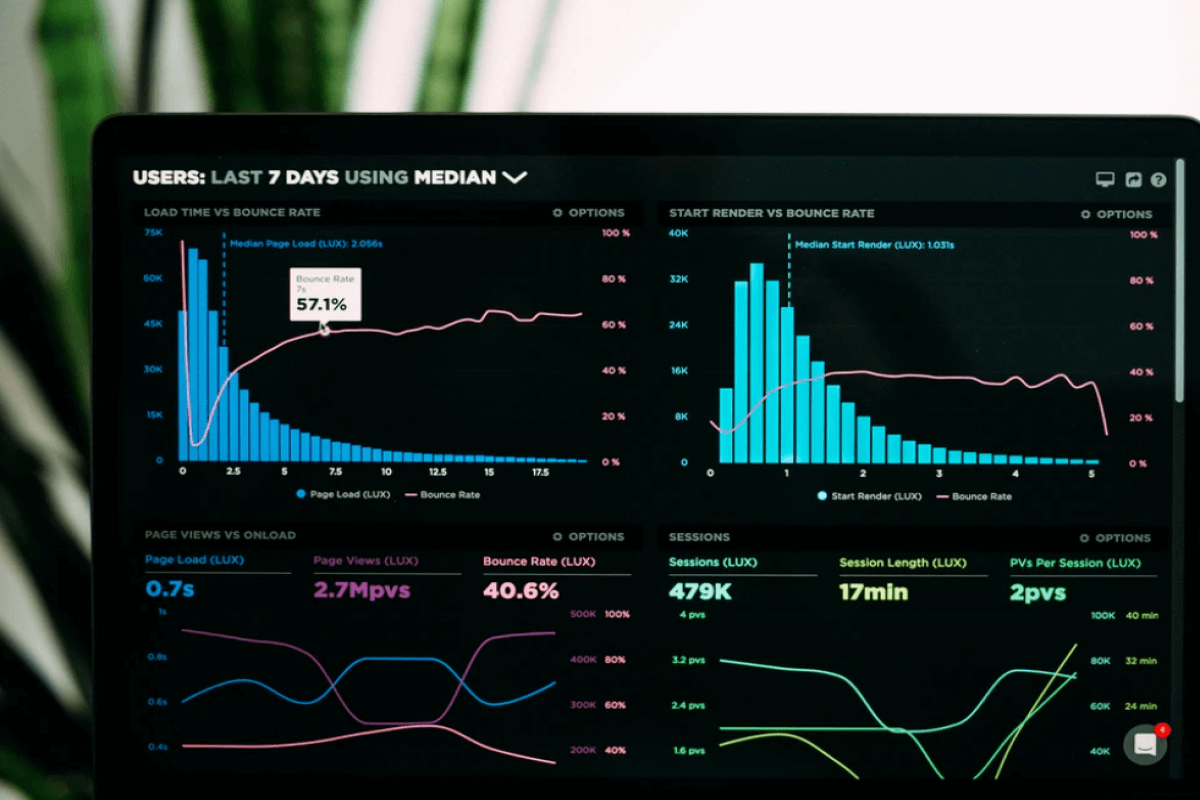
Did you contribute the maximum amount allowed to your individual retirement account (IRA) in 2023? If not, there’s still time! The IRS allows taxpayers to make 2023 IRA contributions through April 15, 2024. For most taxpayers, you can contribute the lesser of $6,500 for the year, or $7,500 if you turn 50 or older by the end of the tax year.
Just keep in mind that calculating the deduction for contributions to IRAs is tricky, whether you're applying these to your own IRAs or you're advising your clients. Factors such as your level of income and whether you or your spouse have an employer-sponsored retirement plan affect the amount of the allowed deduction. Let's review the basics.
Types of IRAs
There are three types of IRAs: deductible traditional, nondeductible traditional and Roth - each come with their own limitations, benefits and rules. Your job is to understand them and how they determine the ways in which contributions and withdrawals are taxed. Staying informed, especially on the IRA changes in 2023, will help you report your contributions or those made by your clients to the IRS.
Deductible traditional IRA
Contributions to traditional IRAs are made after taxes are taken, making them tax-deductible. Withdrawals from traditional IRAs are fully taxed as ordinary income and deducted as an above-the-line deduction on Form 1040.
However, this deduction is limited if you or your spouse participates in an employer-sponsored retirement plan. If one of you participates in an employer-sponsored retirement plan, make note of the adjusted gross income (AGI) phaseout ranges that have increased as part of the IRA changes in 2023.
Filing Status | 2023 AGI Phaseout |
| Unmarried | $73,000 - $83,000 |
| Married filing jointly | $116,000-$136,000 |
Conversely, for the spouse who does not participate in their employer's retirement plan, the IRA contributions would look like the scenario below:
| Example: Phaseout of traditional IRA deduction | ||||||||||||||||
Scenario: Lucy, a 40-year-old single taxpayer participates in her employer’s pension plan. Lucy’s 2023 AGI is $74,000. Calculate Lucy’s maximum IRA deduction according to the 2023 changes to IRAs. Solution: Lucy’s maximum 2023 IRA deduction is $5,850, calculated as follows:
Bonus question: What would Lucy’s maximum IRA deduction if she did not participate in an employer-sponsored retirement plan? Answer: $6,500. Lucy would not be subject to the AGI limitations if she did not participate in an employer-sponsored retirement plan. |
Nondeductible traditional IRA
If your deductible contributions to a traditional IRA are limited, you can make nondeductible contributions instead. Remember, the IRA changes in 2023 state that the overall $6,500 (or $7,500 if over age 50) limit still applies.
When you receive retirement distributions from the IRA, only the earnings on the contributions are taxed. Because the contributions to the IRA were not deducted, you'll receive this amount in retirement distributions tax free. This concept is called the "return of capital principle."
Roth IRA
Your contributions to a Roth IRA are not tax deductible because they are made with after-tax dollars. Distributions of both your principal (contributions made to the Roth) and earnings are also tax-free if you meet specific rules. Your ability to contribute to a Roth IRA is limited by the below modified adjusted gross income (MAGI) ranges:
Filing Status | 2023 MAGI phaseout |
| Unmarried | $138,000-$153,000 |
| Married filing jointly | $218,000-$228,000 |
| Married filing separately | $0-$10,000 |
While the return of capital principle dictates that all distributions of Roth IRA contributions are tax free, only qualified distributions of earnings are not taxable. For distributions of earnings from a Roth IRA to be tax free, the distributions must be made at least five years after the first contributions to the Roth IRA and after the taxpayer reaches age 59 1/2.
Backdoor Roth IRA conversion
Backdoor Roth IRA conversion
A backdoor Roth IRA refers to when a taxpayer contributes to a traditional IRA or an employer-sponsored plan and then converts to a Roth IRA. While traditional IRAs have no adjusted gross income (AGI) limitation on contributions, Roth IRAs do limit who can participate based on income. This tax planning strategy allows wealthy taxpayers, who otherwise would not be allowed to contribute to a Roth IRA, a back door into this retirement plan.
Initiating a back door Roth IRA conversion can be a smart investment strategy, but you'll have to pay significant taxes on the rollover. Make sure you plan for this added cost before moving forward.
Early distributions
Early distributions
Distributions from all three types of IRAs taken before the age of 59 ½ are subject to a 10% penalty in addition to applicable tax. There are exceptions that allow penalty-free distributions before age 59 ½, including:
- Qualifying medical expenses
- Qualifying higher education expenses
- First-time home-buying expenses up to $10,000.
Keeping up to date with our Tax Resource Center
Now is a great time to check that your contributions follow the 2023 changes to IRAs and max out the contribution by April 15, 2024 and remind your clients to do the same!
To stay up to date on all the changes to the tax code and better serve your clients, check out our Tax Resource Center with insightful articles, tax CPE courses and more.









